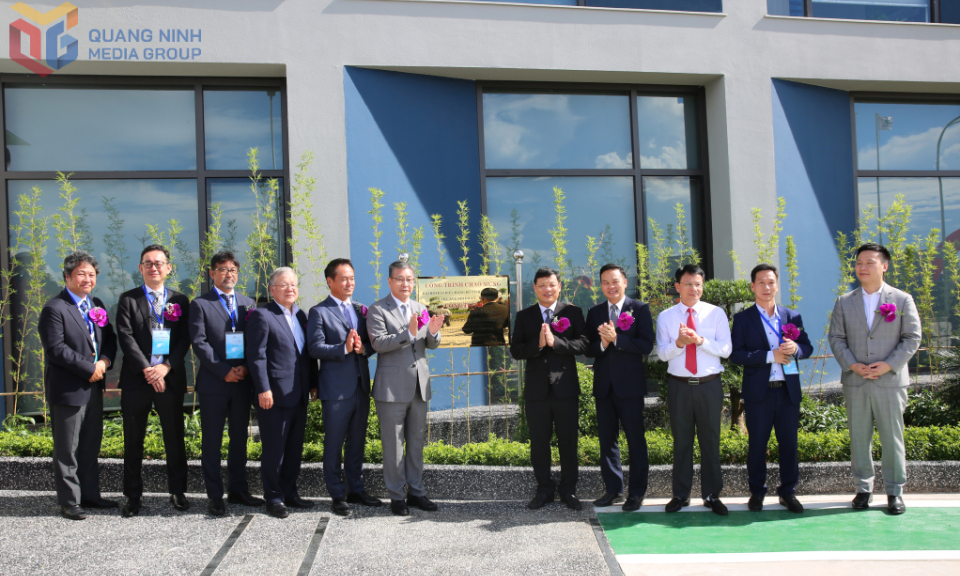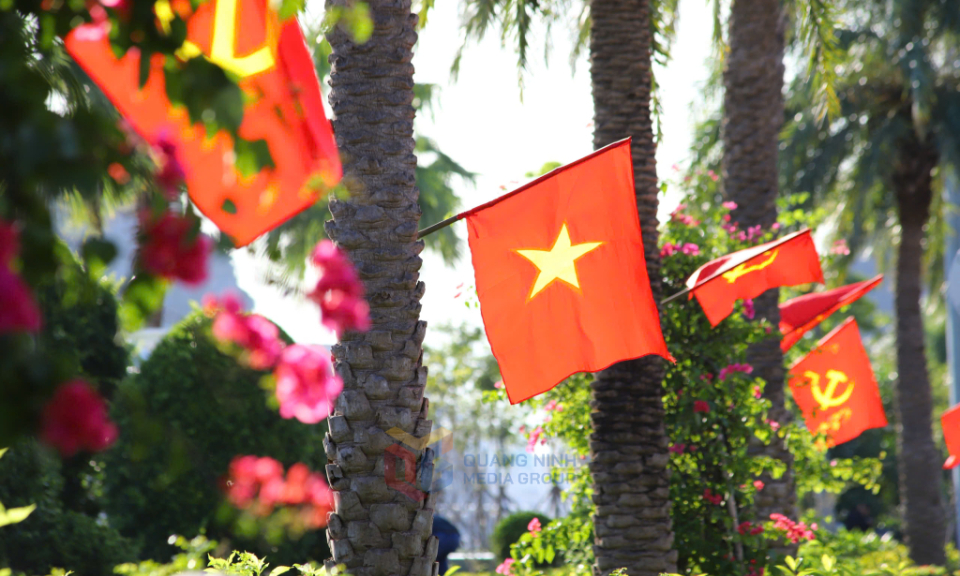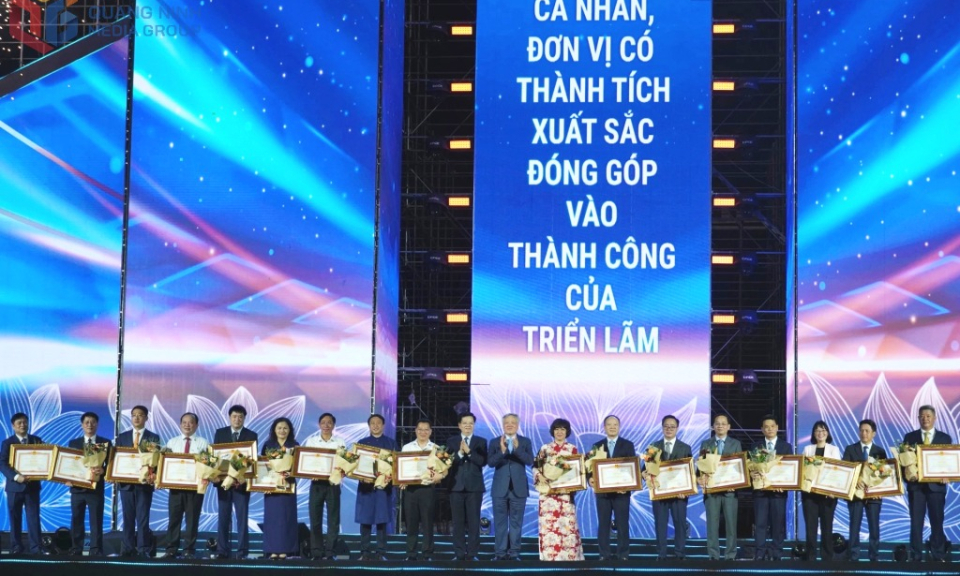The melodious spirit of "Sọng Cô" singing in Van Don district
Regarded as the "capital" of the San Diu people, Binh Dan commune (Van Don district) preserves many unique traditional cultural features. Among its rich cultural heritage, "Sọng Cô" singing stands out as a precious "gem", deeply reflecting the spiritual life of the community.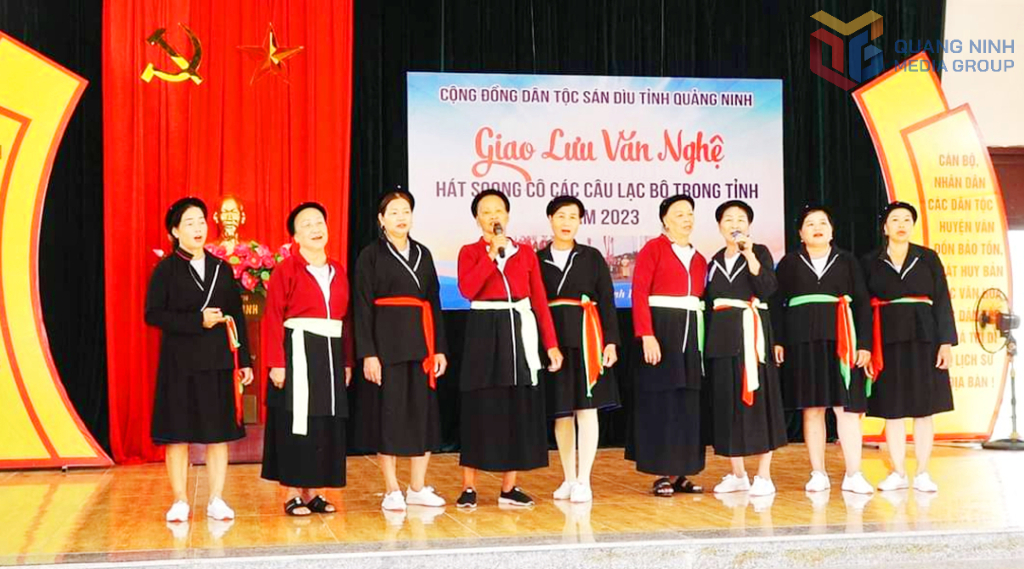
With a population of around 1,500, more than 90% of the residents are of San Diu descent. The tight-knit communities that dwell in the village clusters make it easier for traditions like "Sọng Cô" to thrive and remain preserved through the generations.
Dr. Trần Quốc Hùng, a leading figure at the Center for Research, Preservation, and Development of San Diu Culture in Vietnam, describes "Sọng Cô" as a powerful symbol of San Diu identity, embodying the spirit and life of the people. The unique surroundings of Bình Dân, with its rich cultural fabric, foster a natural environment where the practice of this cherished art can be passed down with ease and sustainability.
"Sọng Cô" is not merely a song, but a living form of oral poetry. With verses passed down from generation to generation in the San Diu Nôm script, it is performed by skilled shamans, who weave the stories of their ancestors into their melodies. The beauty of "Sọng Cô" lies in its call-and-response structure, an exchange that reflects the communal nature of the San Diu people. It is an art form that binds individuals together, whether hosts and guests, men and women, or even different villages. During weddings, the sounds of "Sọng Cô" fill the air, flowing from the gates to the kitchen, the wedding room to the surrounding fields - an unbroken melody that wraps the entire celebration in a blanket of culture and joy.
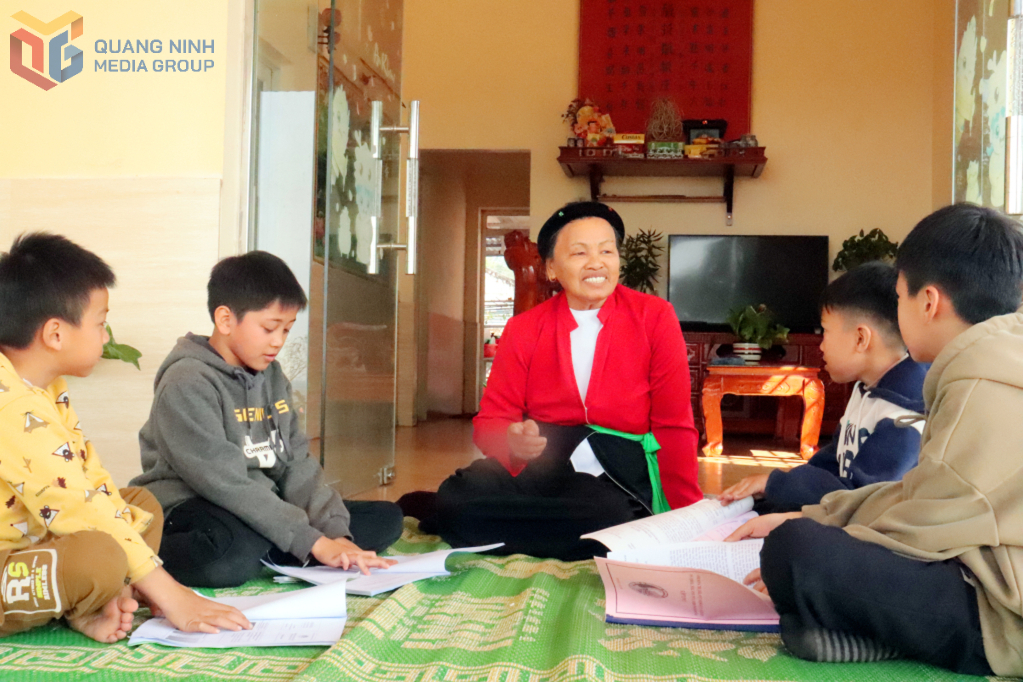
In the quiet months following the harvest season (November, December, or after Tết), when the San Diu people find themselves with more time, they gather in groups to partake in the joyous ritual of "Sọng Cô." Young men and women from far-flung villages journey to meet, creating an atmosphere of lively camaraderie. The leader of the group, known as "tam cô thòng," is a master of the art—well-versed in many songs and capable of responding in an instant. As each group sings, the leader listens carefully and responds without hesitation, keeping the rhythm of the exchange flowing.
The singing itself is an engaging back-and-forth, often beginning with a playful challenge to the other group. Much like the famous quan họ songs of Bắc Ninh or the xoan singing from Phú Thọ, the songs challenge the opposing party to respond, testing both wit and memory. The performance takes its time, flowing through several stages - greetings, sharing water, chewing betel, and sweet exchanges before concluding with a farewell. The content of these songs is vast, touching on everything from love and longing to nature and daily life, with each lyric carrying deep meaning and poetic grace. Notably, men and women from the same village do not sing together; instead, they walk to distant villages, resting at friends' homes, only to unite in song under the moonlight.
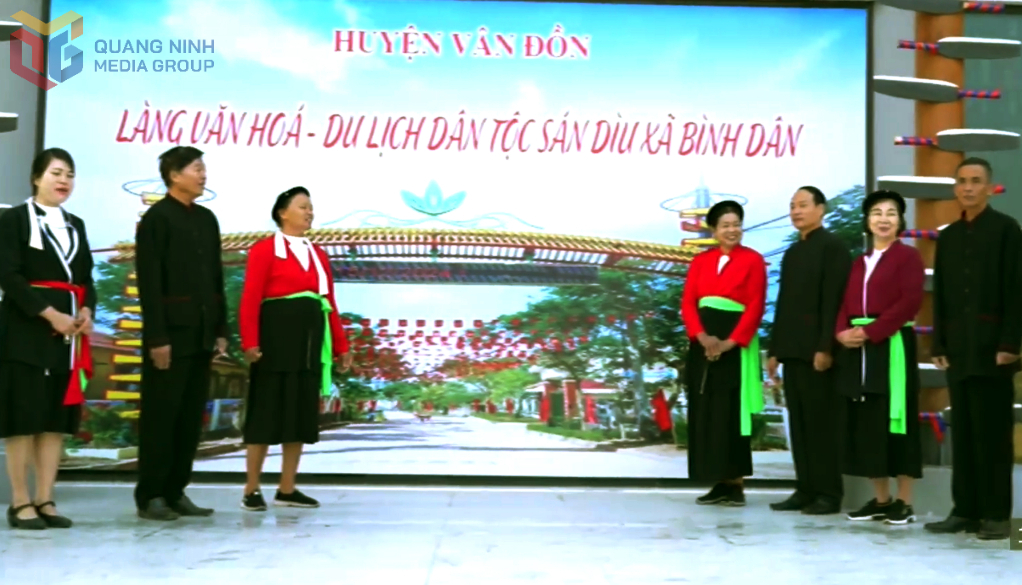
Yet, in the modern era, the art of "Sọng Cô" faces challenges, as do all ancient traditions in the wake of rapid development. Nevertheless, the people of Bình Dân continue to preserve and protect this invaluable piece of their heritage, determined to pass it down through generations. Their efforts not only safeguard an intangible cultural treasure but also reaffirm their pride in their identity and their connection to the heart of Quang Ninh's cultural soul.
In every note sung, in every word spoken, "Sọng Cô" is a living testament to the enduring spirit of the San Diu people - a song that echoes through time, enriching the cultural landscape of Vietnam.

